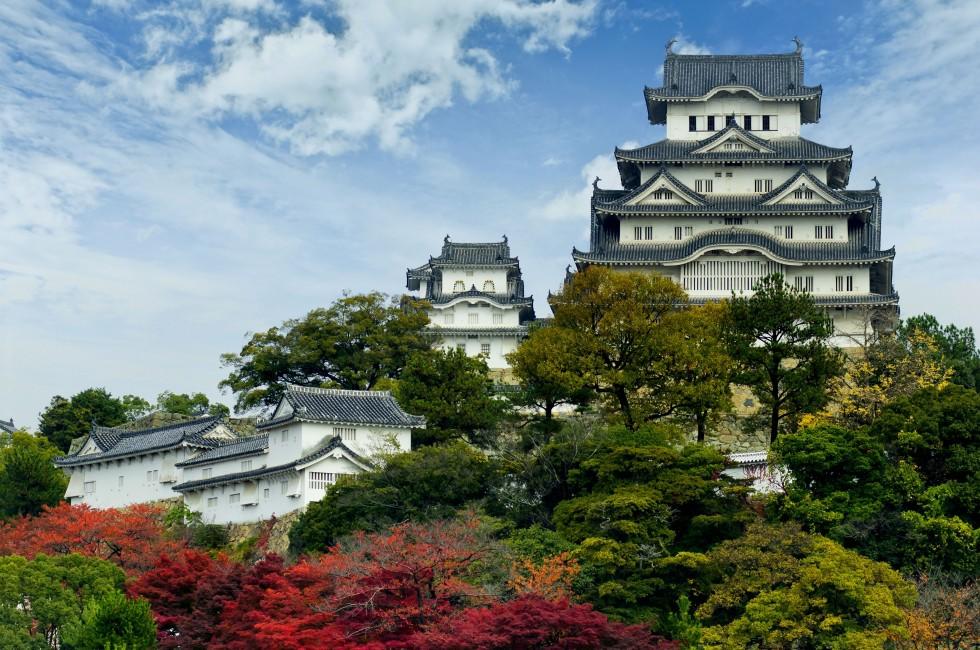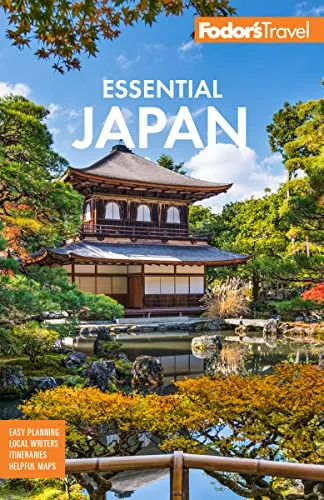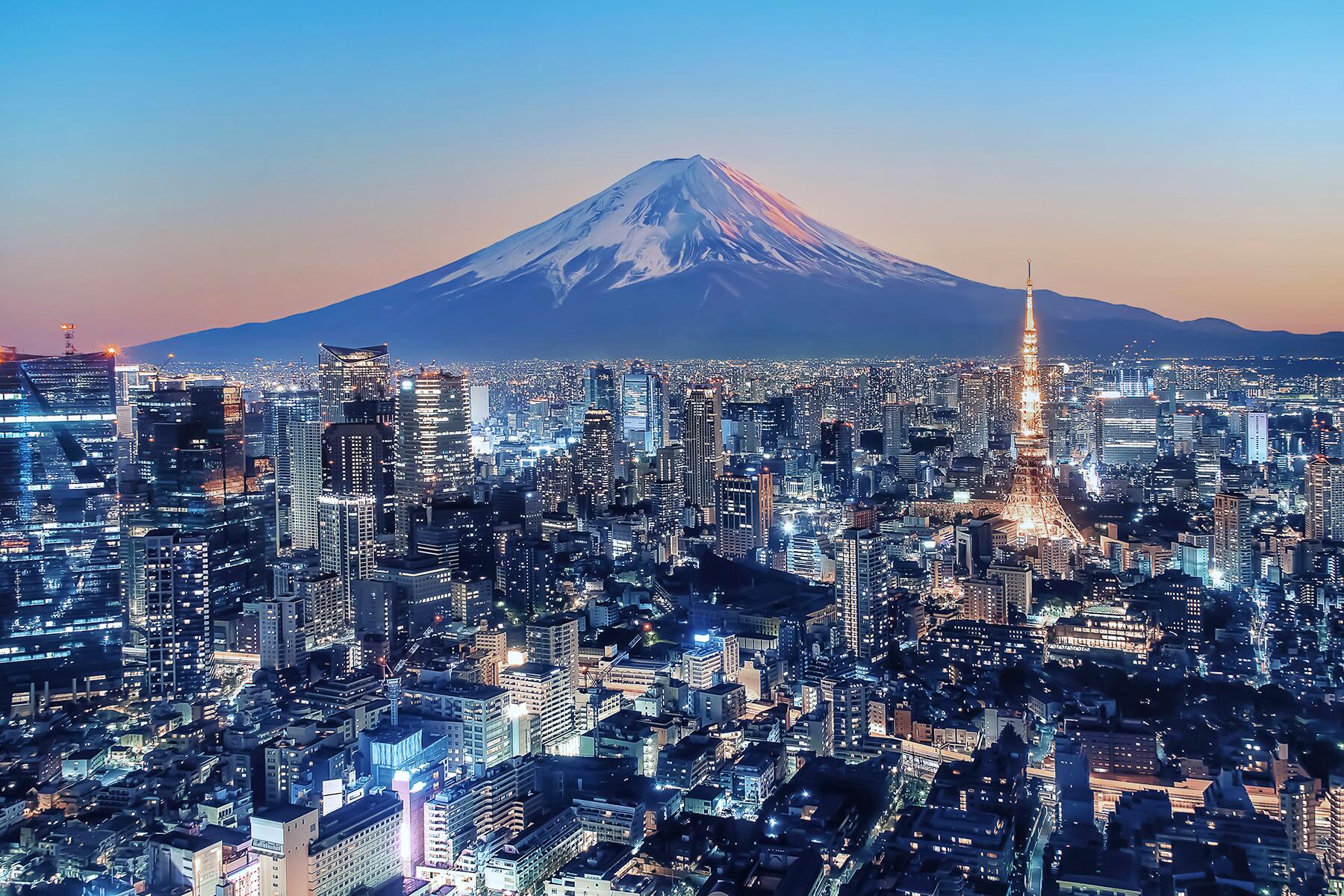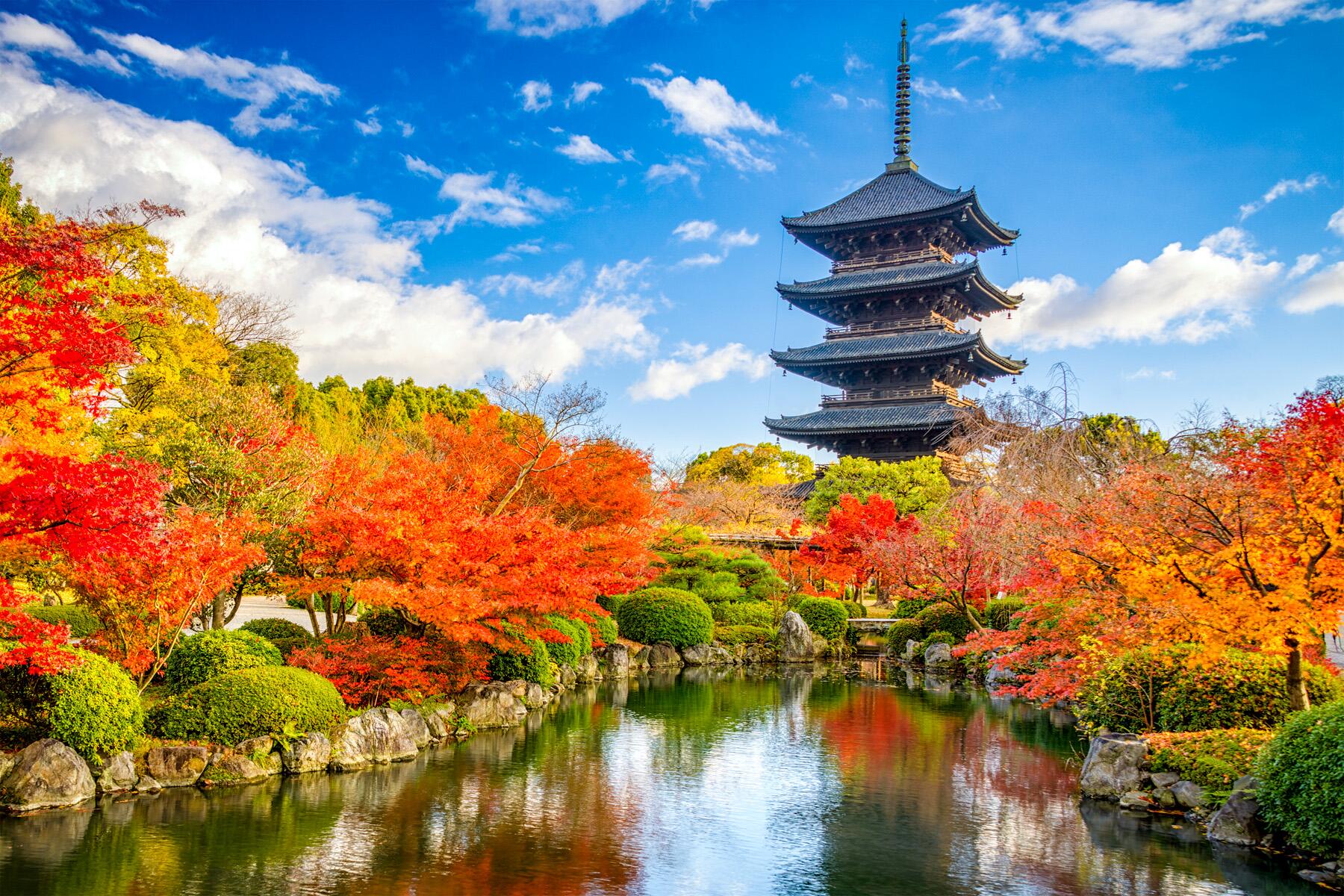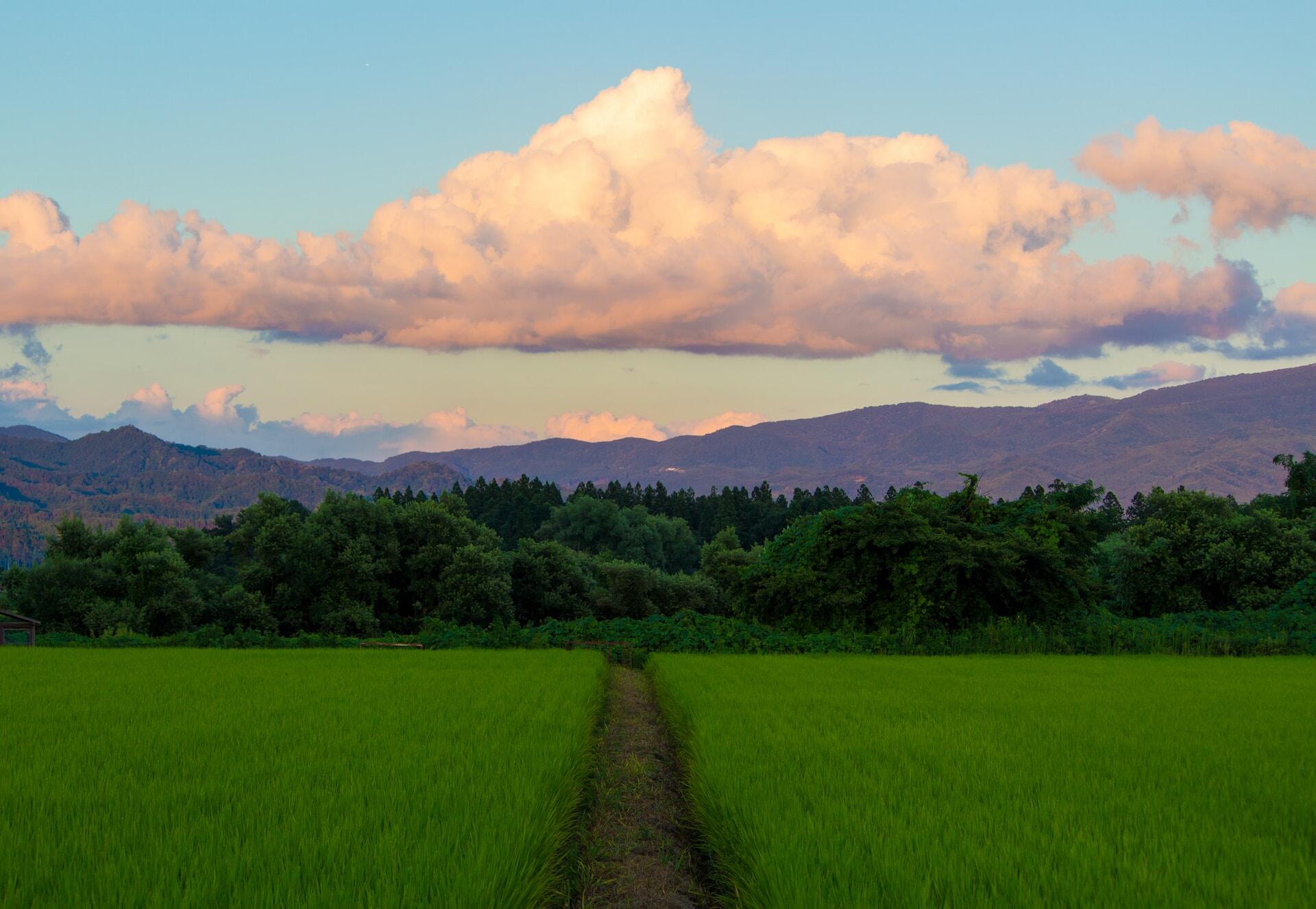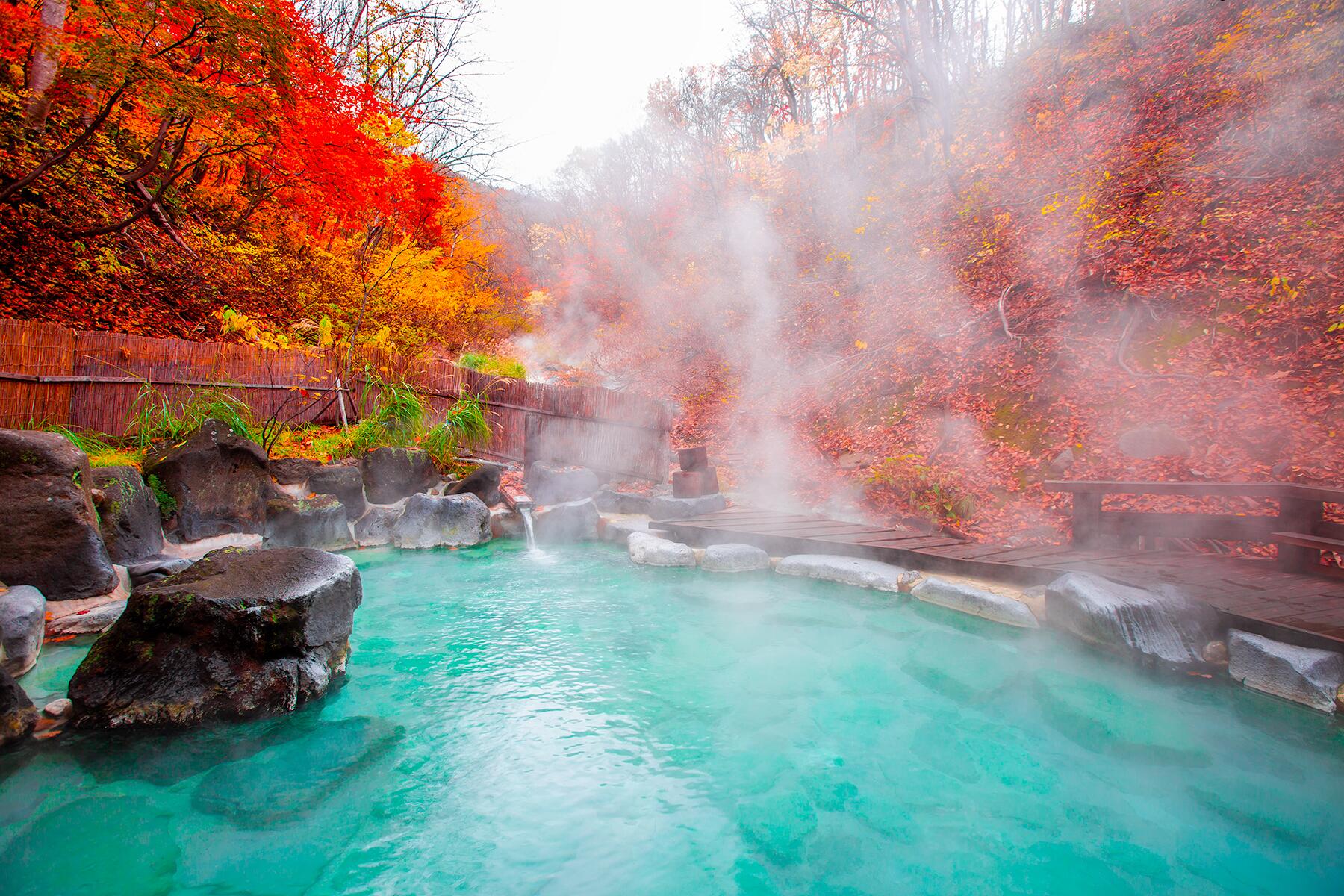The Kansai Region
The Kansai Region
Stretching from Mie Prefecture in the east to Hyogo Prefecture in the west, the Kansai region is both a snapshot of archetypal Japan and a showcase for the country’s diversity. As home to Japan’s capitals for nearly a millennium, Kansai is the undisputed seat of Japanese culture and tradition. It is the birthplace of Japan’s traditional theater styles—Noh, Kabuki, and Bunraku—as well as the tea ceremony, Japanese Buddhism, and ikebana (flower arrangement). Thanks to Kobe and Osaka, it was also the heart of Japanese trade and industry until Tokyo surpassed it in the 1970s.
After the Kanto region around Tokyo, Kansai is Japan’s most populous and economically important area. Most major companies have offices in Kansai and a few, like Panasonic and Nintendo, still have their he...
Read MoreStretching from Mie Prefecture in the east to Hyogo Prefecture in the west, the Kansai region is both a snapshot of archetypal Japan and a showcase for the country’s diversity. As home to Japan’s capitals for nearly a millennium, Kansai is the undisputed seat of Japanese culture and tradition. It is the birthplace of Japan’s traditional theater styles—Noh, Kabuki, and Bunraku—as well as the tea ceremony, Japanese Buddhism, and ikebana (flower arrangement). Thanks to Kobe and Osaka, it was also the heart of Japanese trade and industry until Tokyo surpassed it in the 1970s.
After the Kanto region around Tokyo, Kansai is Japan’s most populous and economically important area. Most major companies have offices in Kansai and a few, like Panasonic and Nintendo, still have their headquarters in the region. Though much of the shipping and manufacturing industry has moved overseas, the cities of Kansai have responded by investing heavily in science, research, and technology businesses.
Because of its size and location, the geography of Kansai is as varied as the culture. The Kii mountain range in southern Mie and Nara prefectures quickly gives way to the stunning rural coastline of Wakayama. Most of the region’s population is concentrated around the four cities of Osaka, Kyoto, Kobe, and Nara, all in southern Kansai. Northern Kansai, including Lake Biwa and the Sea of Japan coast, is quite rural. Thanks to the tempering effect of the inland sea, the climate of Kansai is generally mild, though summers are renowned for their humidity.
Kansai deserves its reputation as the culinary center of Japan. Whether it be delicate temple food in Kyoto and Nara, hearty Osaka fare, or Kobe’s cosmopolitan fusion of Japanese and Western cuisines, no other region has such a range of local specialties. Kyoto may be the Kansai’s main draw, but to sample the diversity of Japan’s cities, make time to see Osaka, Kobe, and Nara. Within an hour's train ride, each city has its own unique culture, cuisine, and attractions. No other region of Japan produces such urban variety in such a small area.
Osaka’s urban energy complements its offbeat fashions and reputation as Japan’s culinary capital. For urban explorers, the side streets of Amerika-mura, Minami-horie, or Shin-Sekai offer countless surprises. Anime fans can visit Den Den Town for the latest games, anime goods, and "maid" cafés (where waitresses dress in French parlor-maid uniforms).
In Kobe’s East-meets-West cosmopolitan mix, travelers can wander Chinatown and have tea in a 19th-century European mansion before taking a cable car up Mt. Rokko for the romantic night view or a stay at Arima Onsen. For foodies, the city is home to Kobe beef and Japan’s largest concentration of sake distilleries.
Nara is home to Japan’s most famous UNESCO World Heritage site, where visitors can feed (or fend off) Nara Park’s gregarious deer and see the stunning Todai-ji and Horyu-ji temples. The charming old houses of Nara-machi have become restaurants, galleries, and cafés—the perfect places to find souvenirs and sample local specialties like nara-zuke (vegetables pickled in sake).
Each city may not be for everyone, but to skip all three is to miss out on a chance to see some of Japan’s most unique urban landscapes.
Recommended Fodor’s Video
Hotels
Things to Do
Things to Do
Explore Things to Do
Find the perfect tours and activities in The Kansai Region.
Where to Eat
Where to Eat
Need to Know
Need to Know
Language
JapaneseElectrical Outlets
100v/50 cycles; electrical plugs have two flat prongsCurrency
YenLanguage
JapaneseElectrical Outlets
100v/50 cycles; electrical plugs have two flat prongsCurrency
YenWhen to Go
Spring (March to May) and fall (September to November) are the best times to visit the Kansai region. The cherry blossoms flower mid-March to...Read More
Neighborhood Guides
Discover the best neighborhoods in The Kansai Region with curated recommendations from our editors.
essentials
transportation
When to Go
Spring (March to May) and fall (September to November) are the best times to visit the Kansai region. The cherry blossoms flower mid-March to...Read More
Neighborhood Guides
Discover the best neighborhoods in The Kansai Region with curated recommendations from our editors.
When to Go
Spring (March to May) and fall (September to November) are the best times to visit the Kansai region. The cherry blossoms flower mid-March to...Read More
Neighborhood Guides
Discover the best neighborhoods in The Kansai Region with curated recommendations from our editors.
essentials
transportation
Articles
Articles See All
Guidebooks
Guidebooks
Our worldwide travel correspondents bring you the best and most up-to-date coverage of over 7,500 global destinations.
Shop NowFodor's Essential Japan
Whether you want to have sushi in a top Tokyo restaurant, visit the shrines of historic...
